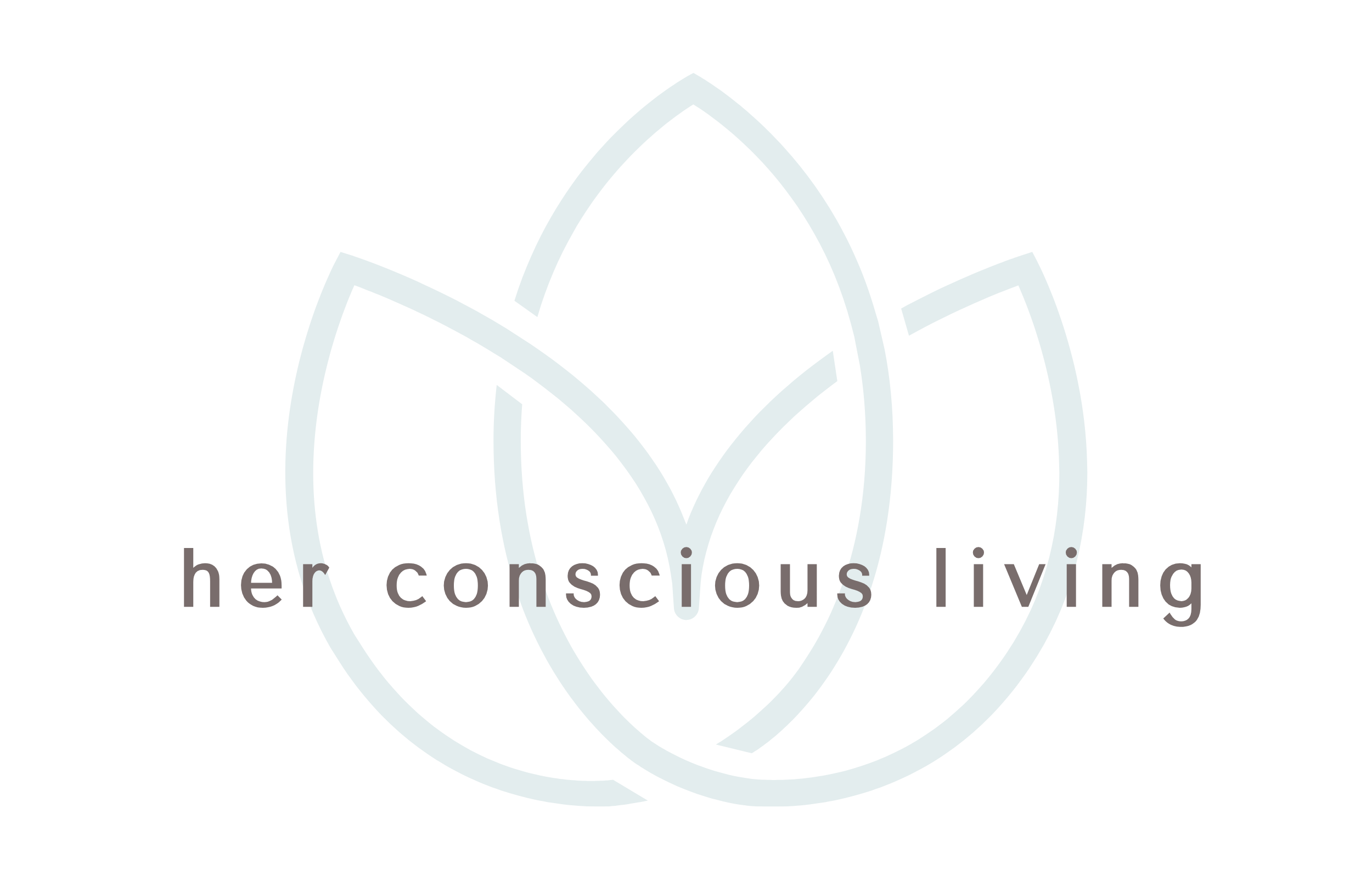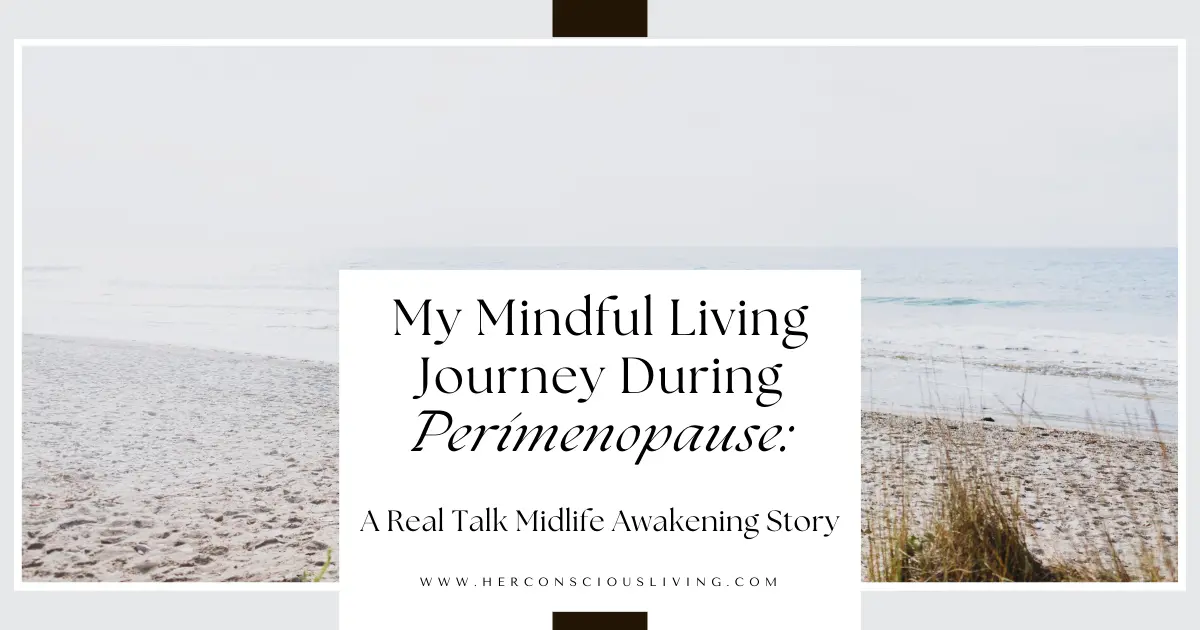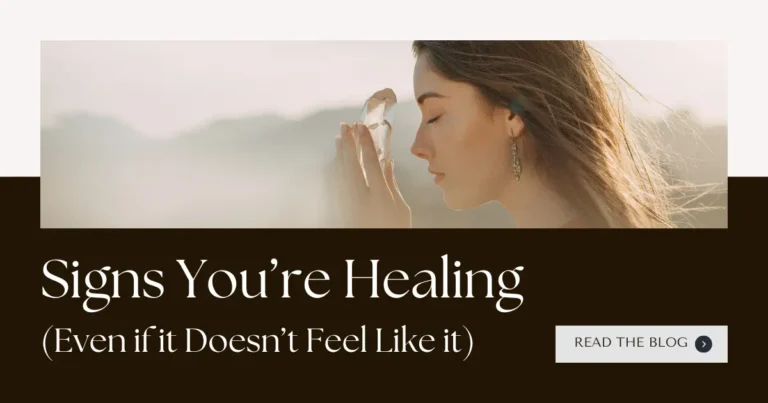My Mindful Living Journey During Perimenopause: A Real Talk Midlife Awakening Story
Hey there, I’m Marci—just your average woman hanging out in the not-so-glamorous midlife, trying to keep it together as hormones spin their wild tales. If you’re somewhere between “Wait, what was I saying?” and “Why do I feel weird all the time?”—trust me, you’re not alone.
My mission with Her Conscious Living is simple: help women like us navigate this new time in our lives by introducing mindful living in an easy way that makes sense and won’t make you think I’ve turned witchy.
This blog is where I lay out what’s working, what’s hilarious, and what’s messy as I inch toward a more mindful way of living—one small step (and, okay, plenty of backslides) at a time. You’ll get honest talk, a good laugh (probably at my expense), and practical tips I’ve picked up along the way.
If you want to nurture yourself without going full “zen goddess” or tuning out with too much Netflix, you’re in the right place. Welcome to my corner—grab a coffee, take a breath, and let’s figure this out together.
My Path to Mindfulness: A Midlife Awakening
I’ve always loved celebrating my birthday, and I knew that 40 was creeping up, but the five years leading up to it were some of the most stressful years of my life: pandemic, divorce, new career, new love, new baby. Life was so busy that I didn’t even consider the fact that I was approaching the middle of it.
It’s no wonder it hit me like a ton of bricks. I didn’t realize how everything going on for me was connected. The ‘midlife crisis’ along with the physical symptoms I was experiencing, the mental health and all the ‘bad luck’ I was having.
I noticed the same patterns kept repeating in my life, and although I thought I had been fighting so hard not to be a victim, my belief system meant I was taking on that identity. It became my entire story.
I couldn’t live like that anymore. One year ago, I decided to change. It wasn’t easy; in fact, it was the hardest thing I’ve ever done. I was warned it would be a very challenging transition, but I was so ready for a change that I completely missed the biggest lesson I was about to be taught.
Lacking Awareness
My lack of awareness of what was happening for me did me a huge disservice and made my journey all that more uncomfortable. In the earlier years of my life this might have ended me. Looking back, I know that life put me through those past challenges and all that ‘bad luck’ to prepare me for my hardest season yet.
I’ve only just begun to break the surface in this new world and new me, but even the small changes have been so profound. My life will never be the same, and I never want to go back to the way I used to live.
Here’s how those first signs to change knocked on my door, what finally made me stop and pay attention, and why mindfulness became the thing that made me feel like myself again.
Recognizing the Signs of Midlife
When it came to physical symptoms, I didn’t show any signs of slowing down hormonally, especially after having my daughter at 37.
When my hormones went wild at 38, my gyno suggested the Mirena IUD, despite a bad past experience at 24. He convinced me to give it another go, suggesting the hormones might help the symptoms I was now having. Spoiler: They didn’t. I ended up having a hysterectomy.
During all this, I had perimenopause-like symptoms, but no one mentioned perimenopause to me, so it wasn’t on my radar at all. After my hysterectomy, I couldn’t track my periods but since my ovaries were still there, I still ovulated and had 90% of the symptoms, just no period.
The Signs I Could Actually Track
Turns out, these weren’t just signs of my mental health acting up, being overweight, or developing early dementia—they’re classic early signs of perimenopause.
I learned I wasn’t making it up or being “extra.” The Cleveland Clinic points out that unpredictable cycles and these kinds of symptoms often signal the start of this phase. If you want a deep dive, this page on early signs of perimenopause explains it in simple terms.
The Call for Inner Awareness: My Wake-Up Moment
There came a point when I couldn’t keep running on autopilot. My patience was thin. I’d snap at my kids, then cry in the bathroom. I’ve had a few breakdowns in my life before, and I could feel it coming again.
The problem was, I couldn’t afford a breakdown. A series of unfortunate events had landed us in a tight financial place. I was doing everything out of pure desperation because desperate was exactly how I felt.
One day my business coach mentioned a mindset coach. I was hesitant—I’d talked to many mindset coaches, energy healers, and people I just classified as too ‘out there’ for me. I’d kept an open mind, but I was over it and needed real help.
Somehow though, she convinced me to try, and during our first meeting, I was introduced to somatic work. That became the catalyst for the greatest change of my life.

Why Mindfulness Became My Lifeline
Mindfulness isn’t just a buzzword—it’s how I learned to pause and get real about what was happening inside my head and body. I’d tried meditation apps and breathing exercises before, but never really bought in—mostly because it always felt too new age-y and cult-like.
It took a lot of coaching (90 minutes at a time) for things to finally click. Without that 1:1 work, I might never have gone down this path. Now, even two minutes of meditation or breathing helps calm me down when my brain wants to spiral. Mindfulness gives me a break from all the noise.
And here’s the magic: science backs it up. Studies show mindfulness can make perimenopausal symptoms—like anxiousness or mood swings—more manageable. As the Mayo Clinic explains, being mindful may ease menopausal symptoms.
Ways Mindfulness Shows Up in my Chaos:
I don’t always get it right. Some mornings, my mind is still a tornado. But now I have small anchors—like a pause, a deep breath, or a reminder that messiness is normal. This blog is proof that mindfulness really does help during midlife’s weirdest shifts.
Transforming Challenges Into Conscious Choices
Let’s be honest: perimenopause can hit out of nowhere and drag you on the wildest emotional and physical ride. For me, it showed up as all kinds of changes—some days, my brain felt like a fog machine at an 80s dance party, and other days, just getting dressed felt like a win.
But here’s the surprise: the mess doesn’t have to run the whole show. I started noticing moments where I could flip a challenge and, instead of letting it steamroll me, I could pause and make a conscious choice.
It’s not about fixing everything (good luck with that), but about showing up differently for yourself—even on days when you’re sure you left your sanity in the car.
Navigating Emotional Swings With Compassion
Sometimes, it felt like my mood had a remote, and someone else kept pressing all the buttons. One minute, I’d be fine. The next, I’d be crying over being put on hold, or losing it over another dish left in the sink.
The mood swings felt random, and I used to beat myself up for being “too much.” But being hard on myself only made it worse.
Once I stepped out of the judgment cycle and let myself feel without the extra guilt, things got easier. Instead of thinking, “What’s wrong with me?” I started asking, “What do I need right now?” Sometimes it meant putting on noise-canceling headphones or hiding in the bathroom to breathe for five minutes. Other times, I just let the tears fall and didn’t try to fix it.
Research shows mindfulness helps manage emotional ups and downs. Letting yourself notice what you’re feeling—without trying to change it or label it as “bad”—can cut the intensity in half.
The American College of Obstetricians and Gynecologists recommends simple things like journaling, music, or a hug from someone you love to cope with mood changes.
Compassion for yourself isn’t fluff—it’s practical and it works.
Coping With Physical Changes and Self-Acceptance
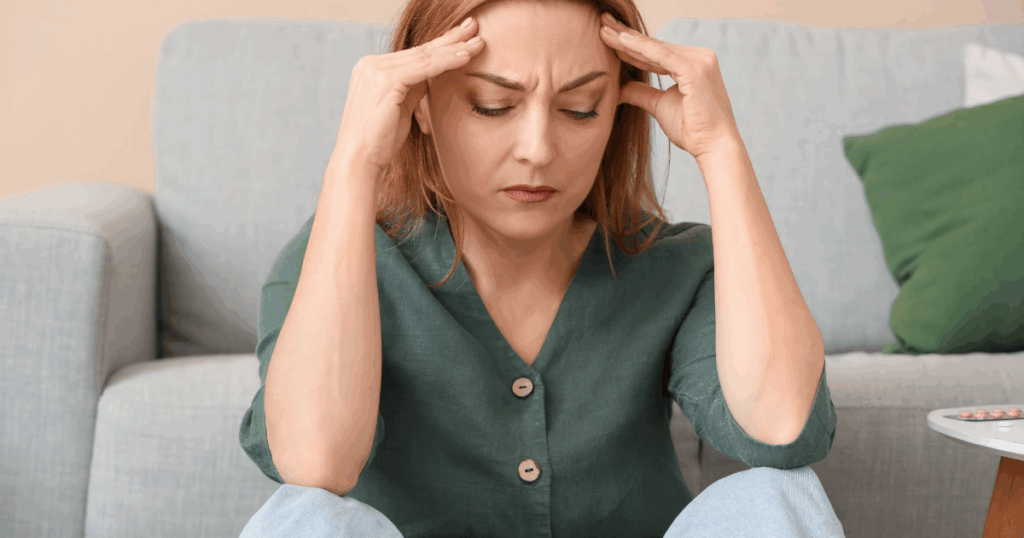
Weight shifting around (hello, mystery belly), unexpected breakouts (the worst), and hair falling out—perimenopause really comes for your self-image.
What helped? Noticing when I got stuck in “why can’t I look how I used to?” and returning to “Okay, this is my body now. What can I do to help myself feel better?” Sometimes that meant a little pep talk, or finding 15 minutes to stretch or move instead of hating what I saw in the mirror.
Mindfulness practices like body scans and gentle movement truly help with physical discomfort. I suffer from chronic pain and drastically reduced my pain medication use, even during particularly rough bouts of pain.
Little Rituals That Made a Huge Difference For Me
Self-care isn’t just nice, it’s necessary.
Building Resilience Through Daily Mindful Practices
Most days, navigating midlife as a mom and a business owner feels like I’m on a sinking ship. What keeps me from sinking? Tiny mindful moments I repeat—even on days I don’t want to.
What Works for Me (and Might Help You, Too)
It might seem like a lot at first, but start with one thing and build upon it, because repeating small habits helps you stay steady in chaos.
The real secret? It’s not about being perfect. It’s about showing up for yourself again and again. That’s how you start to feel anchored, even when the tide keeps shifting.
Beyond the Symptoms: Cultivating Joy and Presence in Midlife
Midlife sneaks up like the plot twist nobody asked for. You spend years putting out little fires—kids, work, aging parents—while your body does its own thing. For a long time, I thought survival was the only option: just grit my teeth, power through, and hope for a quiet moment with a coffee. But there’s so much more when you look past the symptoms.
This is where the magic happened for me—finding ways to bring more joy, deeper connections, and real purpose, even while chaos raged on. Let’s call it my “midlife upgrade.” So, what did I do differently?
Reclaiming Joy: Small Practices, Big Shifts

Joy wilts like a houseplant when ignored. During intense perimenopause and the roughest of rough patches, I had to look for it on purpose. Not big joy (no surprise trip to Paris!), but small joy—the “I can still laugh at myself” kind.
What Helped me Find it:
In the middle of all the chaos, I realized I was more than just a set of symptoms. Tuning in to myself wasn’t easy at first—it felt awkward. But little by little, I learned that showing up for myself made me a better friend, partner, and mom.
Finding Meaning and Purpose in the “Midlife Awakening”
Purpose sounded too big for me at first. Who has time for “life meaning” when you can’t even find your car keys? (Still haven’t found them, btw). But over time, I learned it’s not about changing the world—it’s about finding reasons to get up each day that feel right for you now.
Some Ideas for Growing a Sense of Purpose:
Your “midlife awakening” doesn’t have to be dramatic. Mine is weird, random, and full of do-overs. But every small effort—more joy, more connection, more purpose—helps me step out of cycle-shaming and symptom-chasing, and into a life that feels more my own.
If you’re looking for conscious living inspiration and products to support your journey, check out what’s new in my Etsy shop.
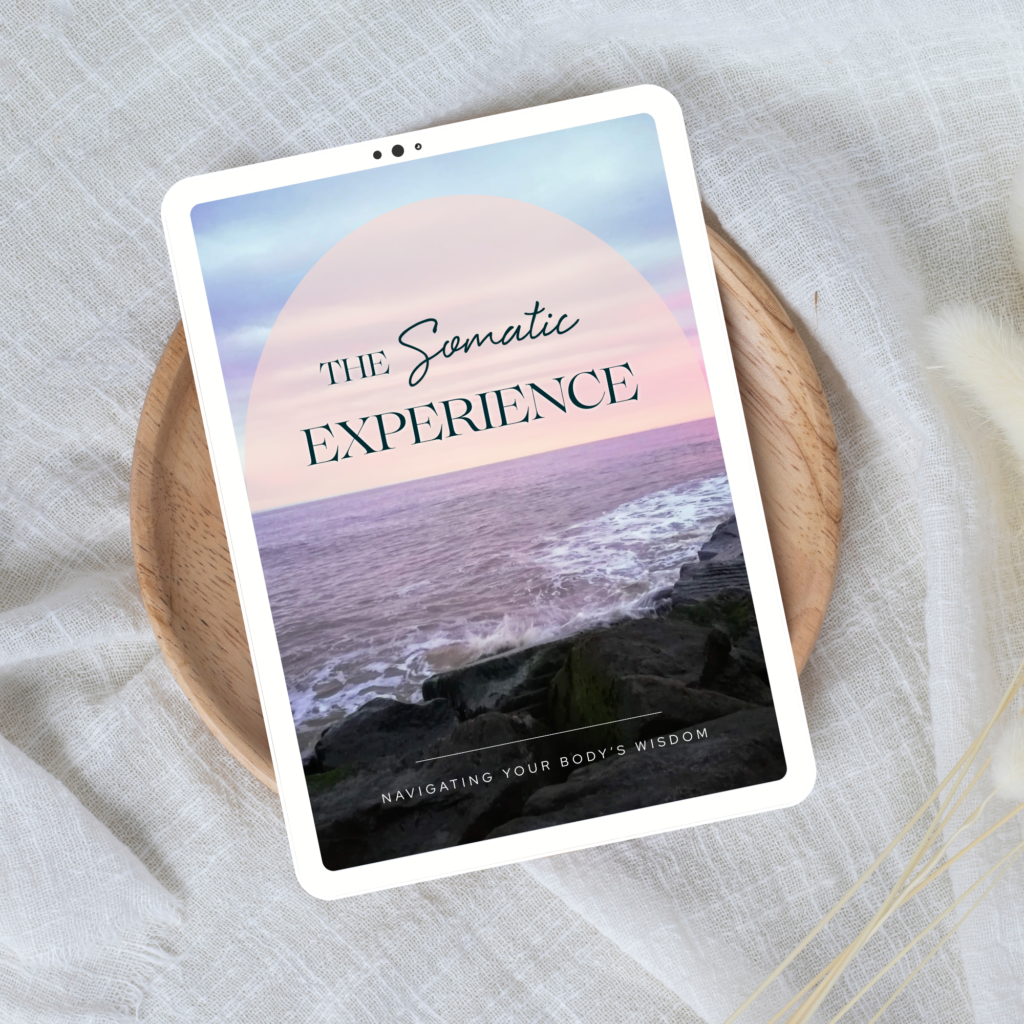
somatic healing is what started my journey
Learn how it can help you start yours
About the Author

Marci Matejcek is an entrepreneur, writer, and creator who is devoted to helping women navigate life’s challenges and build their dream life with clarity and confidence.
As the founder of Her Conscious Living, Marci empowers women to embrace personal growth through healing so they can overcome limiting beliefs and reclaim their identity. Marci is a dedicated mom of four, an advocate for mental health and human rights, and a lifelong learner passionate about personal growth.
